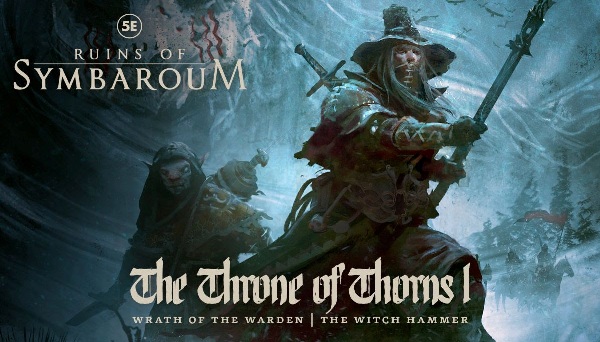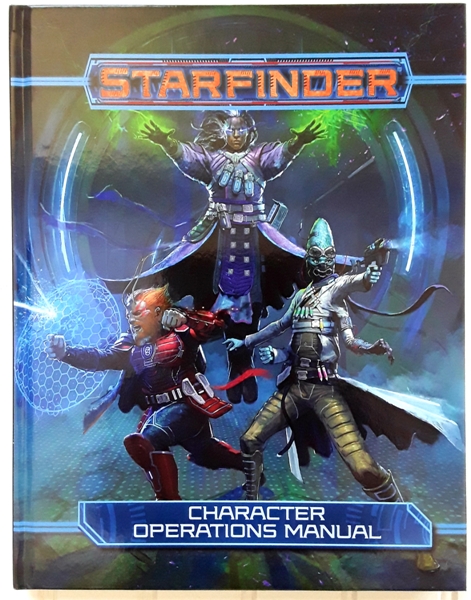CLASSics: Fighter… I Don’t Even Know Her!
By Cape Rust
Hanging behind the bar in the small tavern is a battered shield and a well used, well maintained sword. The bar keeper sees you eying the hardware and tells your character not to get any ideas. As a player you know that these “relics” belong to the bar keep, because let’s face it, every grizzled old bar keeper has a past. But not just any past, they all seem to once have been adventurers, and powerful ones at that. Now, to avoid meta gaming and to appease your GM, you are often inclined to have your character, especially low level characters, ask that grizzled bar keeper about the history behind that sword and board.
The fighter at first glance seems like the most basic class you can play in most fantasy games. Hand them weapons, send them into battle, kill monsters, gain experience, get loot, buy better weapons, repeat until killed or ascension to godhood, or retire to run tavern. Sounds really basic right; well if you have ever played a fighter, you know this isn’t true. As a GM, fighters start out as one of the easier classes to prepare encounters for, but as they advance, producing a good challenge for them takes a lot more than just looking through the portion of the rules that give you stats for creatures and picking a few. One of the biggest problems I find is trying to keep fighters occupied when not slaying deadly foes, so I’ll start there and see where it all leads.
Role-playing games allow you to play a role, thus the name. As I said before, fighters are more than just meat shields that take and dish out damage. If you are playing a roll-playing game, that is fine, don’t worry about even naming the character, unless you use a really cool name like Slathor, The Bane of all Evil, and even then , just move from encounter to encounter and have fun with it (sounds like the 4th edition of a game I’ve played once or twice, but I digress…)! But if you are running in a role-playing game, then as a GM you are duty bound to provide more than just encounters, random or otherwise, to your players, including the fighter. Now, before I give you some suggestions on a few encounters you might run, you have to look at the type of fighter your player is running. Thanks to the advent of MMOs, the categorization of each fighters’ role has become much more prominent. Here is what I mean; a player is getting ready to roll up a fighter, normally the question that the rest of the players and even I find myself asking is, what kind of fighter are your going to play?
In the past the answer would have been “I’m going to play the kind of fighter that kills things,” but these days that isn’t the case. These days we need to know if your fighter will be a damage dealer (DPS for those of you who speak WoW) or will your fighter be more protective in nature (a tank), will your fighter be a ranged or melee combatant? Will your fighter wear heavy or light armor? And the list goes on and on. If you adhere to the party template concept then the type of fighter matters as much as the fact that at least one player is actually playing a fighter. As a GM, the type of fighter being played will determine what types of encounters you set up to maximize enjoyment for all of your players.
If your player wants to play a fighter that does a ton of damage, you want to give them plenty of robust monsters. Note the word robust. If that damage dealer is set up to deal maximum damage, then you might want to throw monsters at that fighter that have way above average health, Hit Points, and Damage threshold (whatever your system calls it), but are easy to hit. Now I’m not saying make every encounter easy, but by making the creature easy to hit, it allows the fighter to really take center stage, and if they are designed to deal out boat loads of damage, let them, just ensure that the creatures they are fighting are tough (tanks). With minor trade-offs, easy to hit, and hard to kill, you give that player the spotlight they deserve without gimping the game.
If you have a player that wants to play a fighter who is heavily armored and takes more damage than they dish out (tank), design encounters that will allow that player to act as the meat shield they so desperately want to be. Because of the reduced movement speed that most heavy armor imposes on players, try to place your heavy hitting bad guys in a place where they will, by sheer location, be forced to engage the meat shield first. This doesn’t mean the bad guys will only hit the meat shield, but it gives that player a chance to valiantly protect his comrades. If that monster shifts its focus to another weaker character, and the meat shield doesn’t react, then that is the player’s fault, not yours.
If your player wants to play a ranged fighter, then you need to have some ranged encounters. Many of the games I’ve been in, most ranged encounters take place in less than normal bow shot. After all, it is rather difficult to express long range encounters with minis (he says with tongue in cheek). But I fully blame this on many of the GMs that have run the games I’m involved with, including myself. If your fighter has the ability to shoot an arrow farther than other people, then let them. If your player wants to play a sniper, give them a few chances to make distance kills. Set up a one-on-one combat where it is archer VS archer (like the movie Sniper, only do this one well). Give your archer/sniper the chance to take out a few bad guys from so far away, they don’t even know what hit them. Place a few enemies in elevated positions so your range monkey fighter can use their skills; then just when that player thinks all they need is their trusty bow, have a few folks get in nice and close to remind them to, as Han Solo would say, “Don’t get cocky kid!”
Melee combat is the bread and butter for fighters in general. However, using your epic GM skills, you can add some jelly or honey to mix things up. There are more subcategories of melee fighters than I could cover in 9 articles, but whichever subcategory your player’s fighter fits into, you must accommodate. If your player wants their fighter to use pole arms, then give them a few enemies with reach and make a few of those bad guys charge, just so that player can see what double damage will do to disrupt an enemy charge. Give them a few mounted enemies, if you can, to remind the rest of the world why so many ancient armies used them. If your player wants to duel wield, give them multiple opponents or opponents with multiple, useful limbs. Force them to use their offhand weapon defensively every now and then. If they are a sword and board type fighter, make them use both the sword and shield, and if an opponent doesn’t roll high enough to actually do damage, describe how the player was able to block the blow with their trusty shield.
Exotic weapons really add something special to the mix if you do your job as a GM. I love it when a whip, lasso, net or double-bladed sword are brought into play. Sure the rules for some of these weapons can be difficult, but if you streamline the rules and discuss them with the players who want to use these weapons, they really break up the fighter stereotype and do some cool stuff. If one of your players decides to wield one of these weapons, give them a chance to do that cool thing the weapon can do. If they have a sword breaker, let them break some swords, let them try to lasso a few enemies or trip a fleeing enemy with bolas. Make these weapons worth the time and effort your player has put into making their character proficient with them.
I think that is enough for this week. Next week I’ll try to finish up my take on providing an interesting game for the players who choose to play fighters and then we’ll see what I’m in the mood to cover after that.



